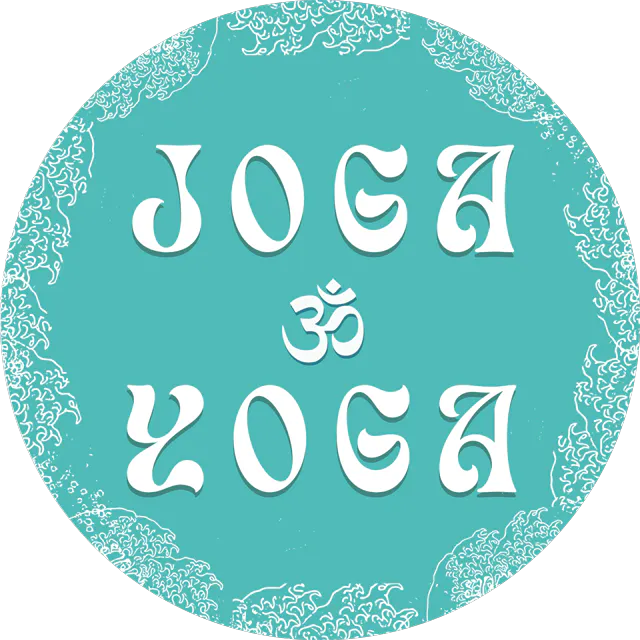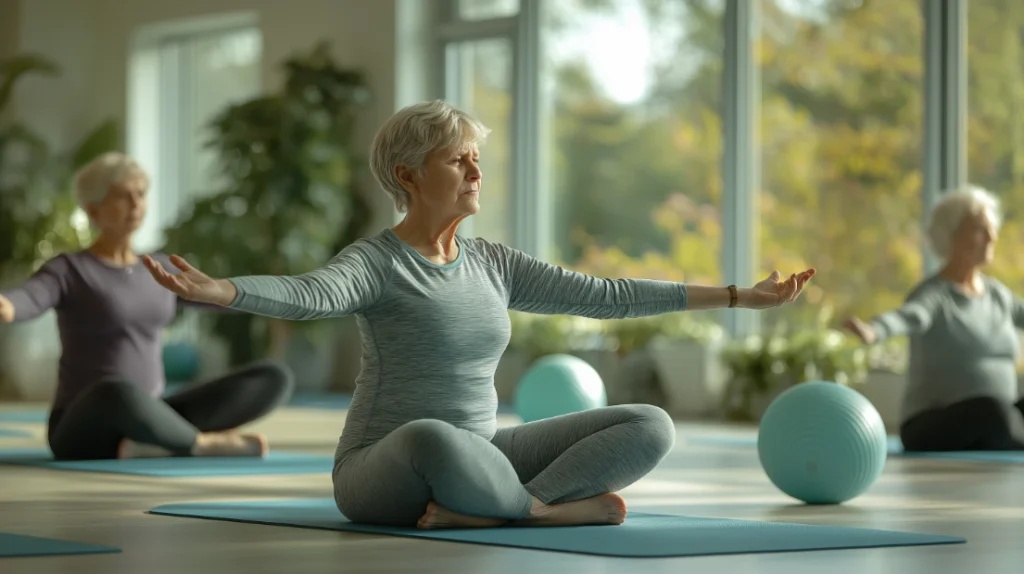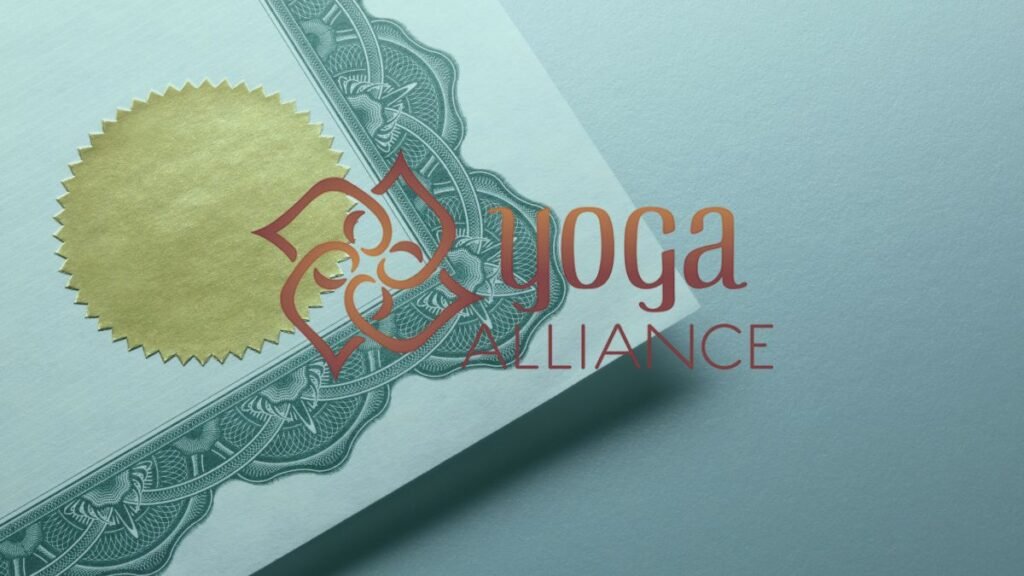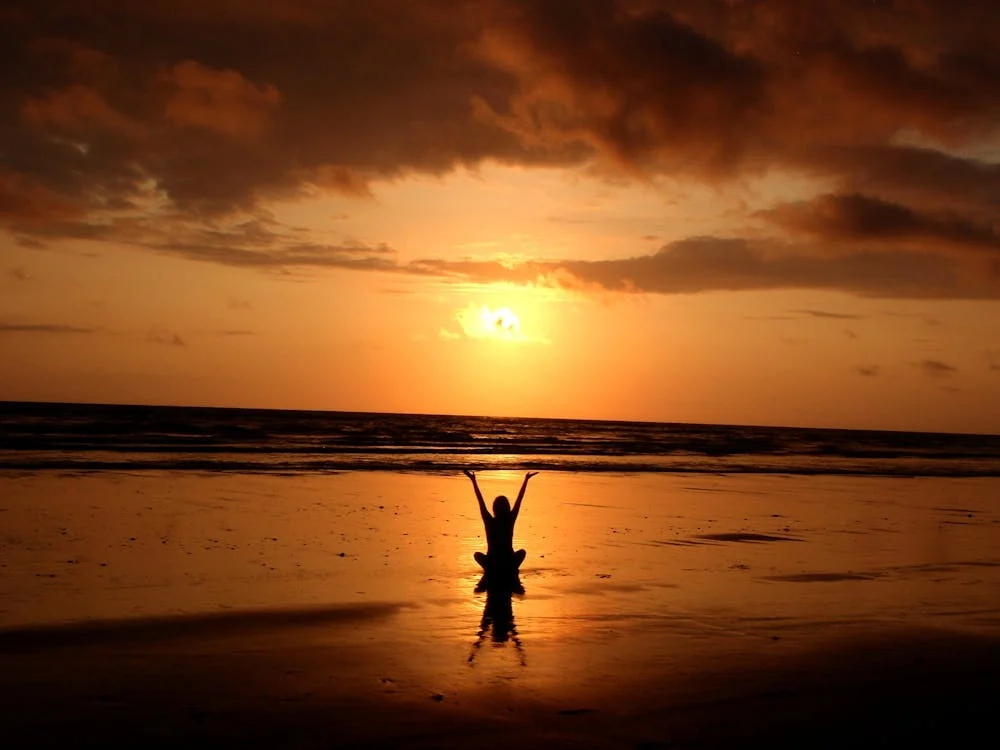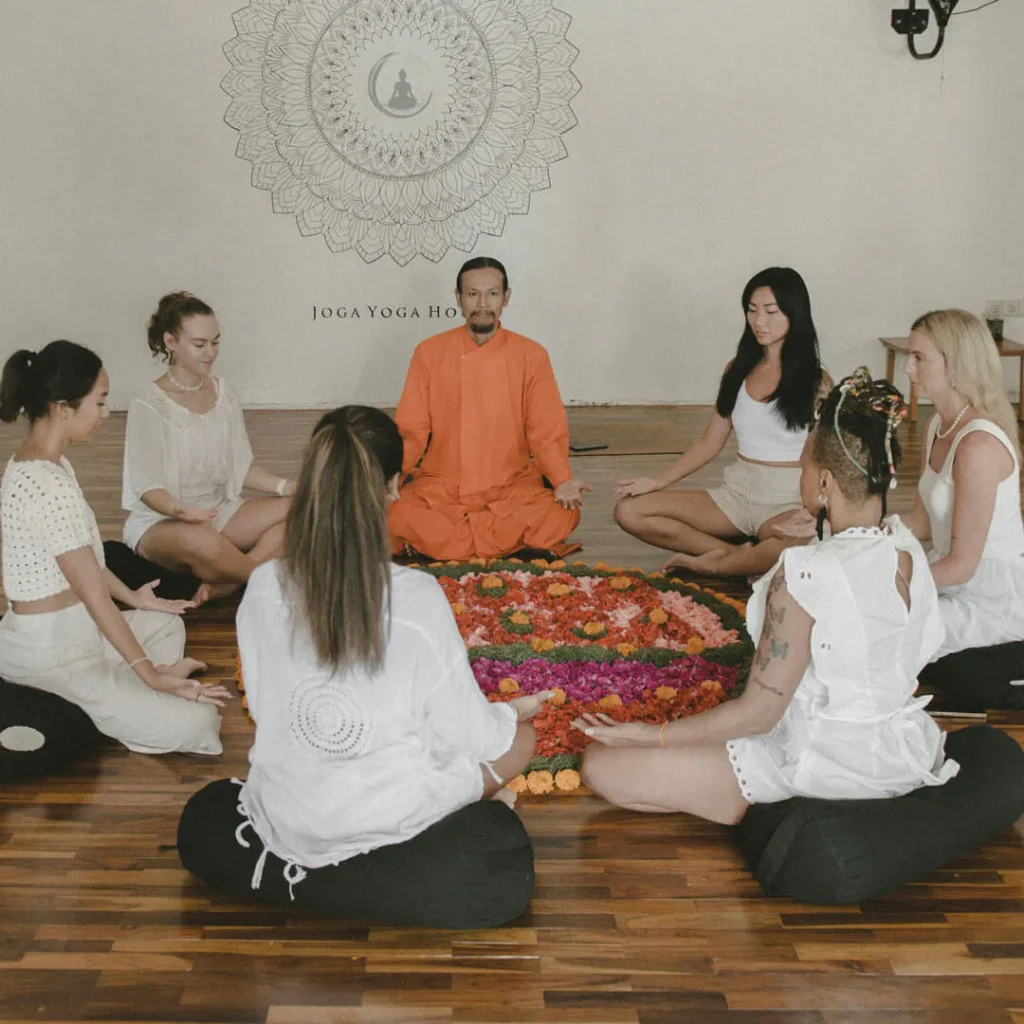Introduction: What Is Ashtanga Yoga?
When we talk about yoga, the first thing that often comes to mind is twisting into poses or mastering a peaceful downward dog. But yoga is way more than just physical postures. Enter Ashtanga Yoga—or the “Eight Limbs of Yoga”—a timeless guide to living a balanced, meaningful, and purposeful life, as laid out in Patanjali’s Yoga Sutras.
The word Ashtanga comes from Sanskrit, combining “ashta” (eight) and “anga” (limb), and refers to eight interconnected steps that lead you toward personal growth and liberation. These steps cover everything from physical practice and breathing techniques to ethical principles and meditation. Whether you’re a seasoned yogi or just starting your journey, Ashtanga Yoga offers a roadmap for inner peace, self-discipline, and spiritual connection.
In this article, we’ll break down the eight limbs, their meanings, and how you can apply them to your daily yoga practice. If you’re curious about taking your yoga to the next level, stay tuned—it’s all about understanding the deeper layers of this ancient system.
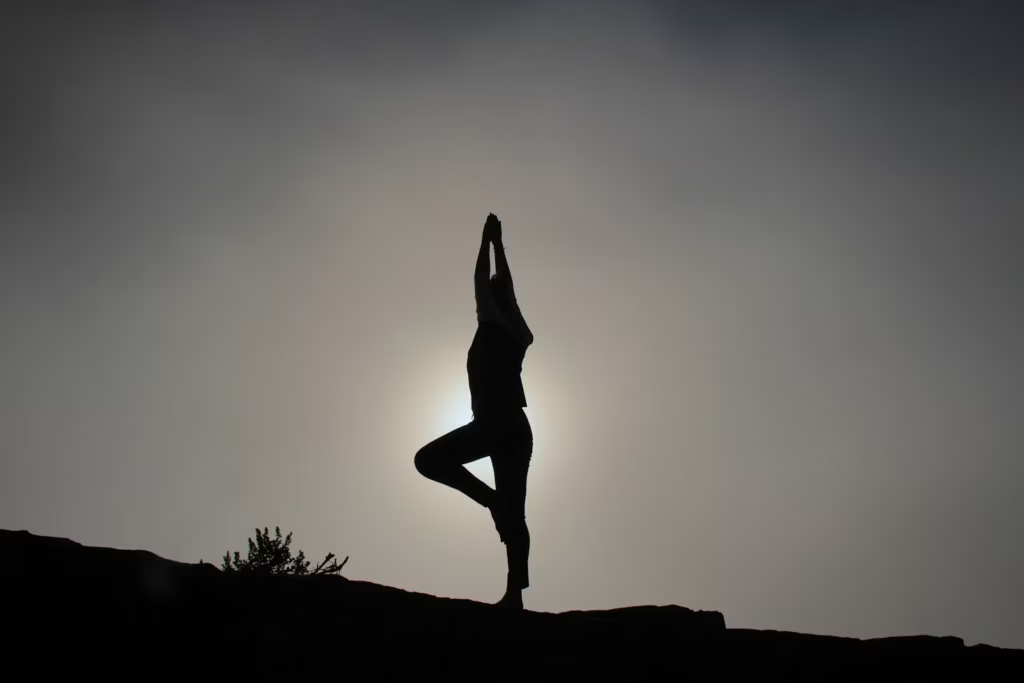
What Are the Eight Limbs of Ashtanga Yoga?
Ashtanga Yoga isn’t just a random list of concepts—it’s an intentional path laid out to help you connect with your true self while navigating life with clarity and purpose. Each limb builds upon the other, creating a holistic approach to physical, mental, and spiritual well-being. Here’s a quick overview of the eight limbs:
- Yama – Ethical restraints or moral principles.
- Niyama – Personal discipline and positive habits.
- Asana – Physical postures (what most people associate with yoga).
- Pranayama – Breathing techniques to regulate energy.
- Pratyahara – Withdrawal of the senses to focus inward.
- Dharana – Concentration and focused attention.
- Dhyana – Meditation and mindfulness.
- Samadhi – Blissful state of enlightenment or liberation.
Think of it like a ladder—you start with the foundational steps like Yama and Niyama, and as you grow, you move toward more introspective and advanced practices like meditation (Dhyana) and Samadhi. Whether you’re practicing yoga for fitness, mental clarity, or spiritual growth, each limb has something powerful to offer.
The Eight Limbs of Ashtanga Yoga
Let’s break down each limb of Ashtanga Yoga and understand what it means, how it works, and how it can be applied to your life:
1. Yama – Ethical Restraints
Yama focuses on how you interact with the world around you. It’s about living in harmony with others and following moral principles to create a better environment for yourself and those around you. There are five Yamas:
- Ahimsa (Non-Violence): Practice kindness and avoid harm in thoughts, words, and actions.
- Satya (Truthfulness): Be honest, but balance it with kindness.
- Asteya (Non-Stealing): Don’t take what isn’t yours—materially, emotionally, or energetically.
- Brahmacharya (Moderation): Use your energy wisely and avoid overindulgence.
- Aparigraha (Non-Possessiveness): Let go of greed and attachment to material possessions.
2. Niyama – Personal Disciplines
Niyama focuses inward, helping you cultivate positive habits and self-discipline. These five principles guide your personal growth:
- Saucha (Cleanliness): Keep your body, mind, and surroundings clean.
- Santosha (Contentment): Practice gratitude and find joy in the present moment.
- Tapas (Self-Discipline): Stay committed to your practice, even when it’s challenging.
- Svadhyaya (Self-Study): Reflect on your actions and study spiritual texts or teachings.
- Ishvarapranidhana (Surrender): Trust the process and let go of the need to control everything.
3. Asana – Physical Postures
Asana is the physical aspect of yoga, focusing on building strength, flexibility, and balance. It’s about finding a posture that is “steady and comfortable” (sthira sukham asanam), especially for meditation. While modern yoga often emphasizes advanced poses, traditional teachings remind us that the goal is to prepare the body for stillness, not to achieve the perfect Instagram-worthy pose.
4. Pranayama – Breath Control
Pranayama is the art of breathing with intention, helping you regulate your life energy (prana). It can calm your mind, energize your body, and improve focus. Key techniques include:
- Puraka (Inhalation): Taking in fresh energy.
- Kumbhaka (Retention): Holding the breath to center the mind.
- Rechaka (Exhalation): Releasing tension and negativity.
5. Pratyahara – Withdrawal of the Senses
Pratyahara is all about turning your attention inward by disconnecting from external distractions. Think of it as taking a break from the chaos of the world and focusing on your inner self. It doesn’t mean shutting your senses off completely—it’s more about not letting them control you.
In practice, this could look like sitting quietly, focusing on your breath, and letting go of the need to react to noises, sights, or other sensory inputs. Mastering this limb allows you to build mental discipline and pave the way for deeper meditation.
6. Dharana – Focused Concentration
Dharana takes the inward journey a step further by training your mind to focus on a single point of concentration. This could be a mantra, your breath, a candle flame, or even a thought. The goal is to eliminate distractions and develop razor-sharp focus.
For beginners, this might feel like a mental tug-of-war, but with practice, you’ll notice your mind staying more present. Dharana is the starting point for true meditation, and it’s a powerful tool for anyone seeking clarity and calm.
7. Dhyana – Meditative Absorption
Dhyana is when your focused concentration evolves into a state of deep meditation. At this stage, your mind becomes fully immersed in your point of focus, and distractions fade into the background. You’re no longer “trying” to meditate; you’re simply in the flow.
It’s important to note that meditation isn’t something you can force—it happens naturally when the conditions are right. The earlier limbs (like Pratyahara and Dharana) prepare you for this state of meditative absorption.
8. Samadhi – Blissful Enlightenment
The final limb, Samadhi, is the ultimate goal of Ashtanga Yoga. It’s a state of pure awareness and connection, where you experience oneness with the universe. In this state, you’re no longer bound by ego, thoughts, or desires—you simply “are.”
While Samadhi might sound like an unattainable ideal, the journey itself is just as important as the destination. Each step along the Ashtanga Yoga path helps you cultivate a more meaningful, balanced, and peaceful life.
How Ashtanga Yoga Can Transform Your Life
Ashtanga Yoga isn’t just about twisting your body into complicated poses or controlling your breath; it’s a complete roadmap for living a balanced and purposeful life. By following its eight limbs, you can create harmony between your mind, body, and spirit while cultivating deeper connections with yourself and the world around you.
Here’s how the practice can transform different aspects of your life:
- Improved Mental Clarity and Focus: The practices of Dharana (focused concentration) and Dhyana (meditative absorption) train your mind to remain present and calm, helping you cut through mental clutter and sharpen your focus.
- Enhanced Emotional Balance: By embracing Yama and Niyama (moral and personal disciplines), you can create a more positive mindset, let go of negative habits, and approach challenges with greater emotional stability.
- Physical Health and Vitality: Asana (postures) and Pranayama (breath control) build strength, flexibility, and vitality while supporting the body’s natural healing processes. They also help regulate stress and enhance energy flow.
- Spiritual Growth: The inward journey of Pratyahara (sense withdrawal) and the transcendent experience of Samadhi (enlightenment) help you connect to something greater than yourself, deepening your spiritual understanding.
- Practical Benefits: Whether it’s navigating relationships with more kindness (Ahimsa), building discipline (Tapas), or simply learning to breathe through a stressful day (Pranayama), Ashtanga Yoga equips you with tools to thrive in everyday life.
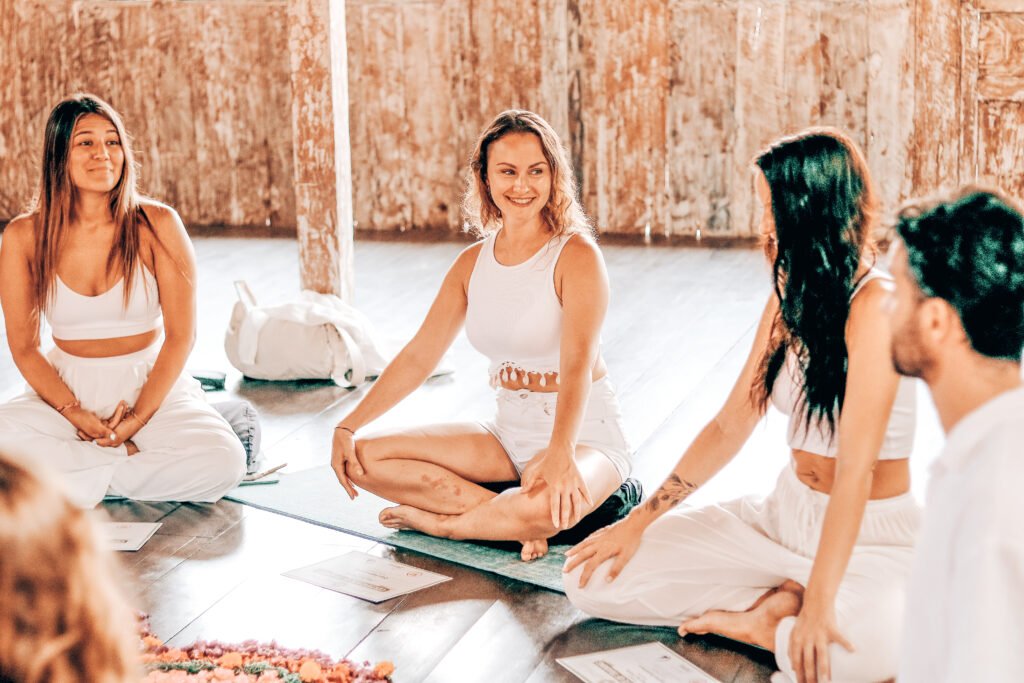
How Joga Yoga Brings Ashtanga Yoga to Life
At Joga Yoga, we’re all about making Ashtanga Yoga more than just a concept—it’s a lifestyle. Whether you’re a complete beginner or a seasoned yogi, our programs are designed to immerse you in the philosophy and practice of the Eight Limbs of Yoga.
What We Offer:
- Daily Yoga Practices: Explore Asana and Pranayama in guided sessions that focus on mindful movement and breathwork.
- Workshops and Lectures: Dive deep into the philosophy of Yama, Niyama, and other limbs to integrate them into your daily life.
- Meditation Classes: Develop Dhyana (meditation) and Dharana (focused concentration) to quiet the mind and find balance.
- Community Vibes: Surround yourself with a supportive group of yogis who share the same journey.
Why Choose Joga Yoga?
- Immersive Learning: Learn from experienced instructors who are passionate about sharing the essence of Ashtanga Yoga.
- Serene Environment: Our training programs are set in Bali, the perfect backdrop for self-discovery and spiritual growth.
- Global Certification: Completing our teacher training means you’ll receive an internationally recognized Yoga Alliance certification.
At Joga Yoga, we believe in blending the ancient wisdom of Ashtanga Yoga with modern teaching methods to create an experience that’s transformative, empowering, and deeply fulfilling.
Integrating Ashtanga Yoga into Your Daily Life
Practicing Ashtanga Yoga isn’t just about hitting the mat—it’s about creating a life of balance, mindfulness, and purpose. While the Eight Limbs of Yoga may seem complex, integrating them into your routine can bring clarity and fulfillment to your daily life.
Tips to Get Started:
- Start Small: Begin with just one limb, like Yama or Niyama, and slowly incorporate others over time. For instance, practice non-violence (Ahimsa) in your thoughts and actions.
- Focus on the Breath: Use Pranayama techniques like deep breathing to center yourself during stressful moments.
- Meditate Daily: Even five minutes of Dhyana (meditation) can help clear your mind and improve focus.
- Set Intentions: Align your goals with the principles of Ashtanga Yoga, such as truthfulness (Satya) or contentment (Santosha).
Why It’s Worth It
By living the Eight Limbs of Yoga, you’ll find yourself becoming more present, patient, and purposeful in all aspects of life. You’re not just practicing yoga—you’re embodying it.
At Joga Yoga, we’re here to guide you on this transformative path. Whether you’re exploring yoga for the first time or deepening your practice through our teacher training programs, we provide a supportive space to help you grow.
Remember, yoga isn’t about perfection—it’s about progress. Take that first step today, and let the wisdom of Ashtanga Yoga inspire your life, one mindful breath at a time.
